Our Health Library information does not replace the advice of a doctor. Please be advised that this information is made available to assist our patients to learn more about their health. Our providers may not see and/or treat all topics found herein.
Topic Contents
Diabetes: How to Give Glucagon
People with diabetes sometimes get very low blood sugar. If they are unconscious, they need glucagon right away.
Glucagon is a hormone that raises blood sugar quickly. It can be given as a shot or as a powder that's sprayed into the nose.
If someone close to you has diabetes, you may need to give them the glucagon shot or nose spray during a low blood sugar emergency.
Learn the steps for how to give glucagon either as a shot or a nose spray. Keep the instructions with the medicine. Review the steps often, and check the expiration date on the glucagon medicine.
Health Tools
Health Tools help you make wise health decisions or take action to improve your health.
Giving the shot
There are different kinds of glucagon syringes. Some come already filled with glucagon. These are ready to use after you take the cap off the needle.
Other syringes come with a bottle of liquid glucagon. To prepare this type, you fill the syringe with the liquid in the bottle.
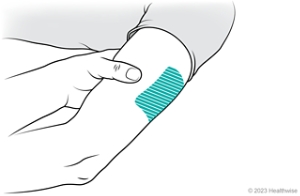
1. Choose the injection site. Choose a clean area on the buttock, upper arm, or thigh where you will give the injection (shot).
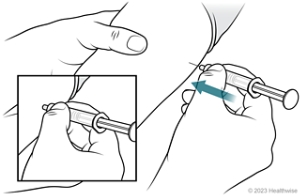
2. Insert the needle. Keeping your fingers off the plunger, hold the syringe like a pencil close to the site. Then insert the needle.
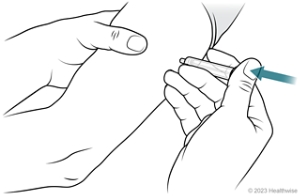
3. Give the injection. Push the plunger of the syringe all the way in so the medicine goes in the body. Remove the needle from the skin slowly. Use the same angle you used to put it in.
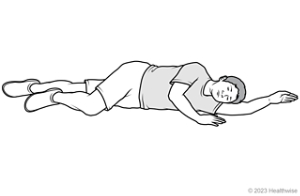
4. Turn the person on their side after giving the shot. This can keep them from choking if they vomit.

5. Call for emergency help. After you give the glucagon shot, call 911 or other emergency services. If help has not arrived within 15 minutes and the person is still unconscious, give another glucagon shot.
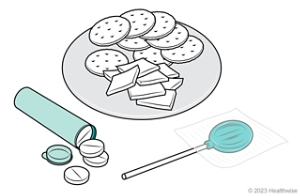
6. Give quick-sugar food. Give some glucose tablets or quick-sugar food such as hard candy or juice when the person is alert and able to swallow. Also give them some long-acting source of carbohydrate such as crackers and cheese. Stay with the person until emergency help arrives.
Anytime a person who has diabetes gets glucagon, they should talk to a doctor to try to find out what caused the low blood sugar.
Giving the nasal spray
Glucagon nasal spray is absorbed through the membranes in the nose. It doesn't have to be inhaled. It will work even if the person getting the medicine has a cold. Follow the directions with the device.
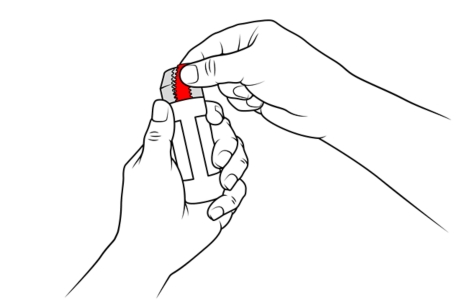
1. Pull on the red tab, and remove the shrink wrap from the bottle.
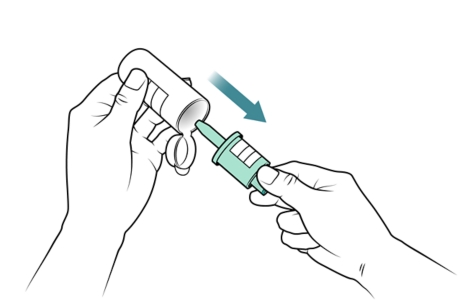
2. Remove the nasal spray device from the bottle. Don't push the plunger until you're ready to give the medicine.

3. Hold the nasal spray device between your thumb and first two fingers.
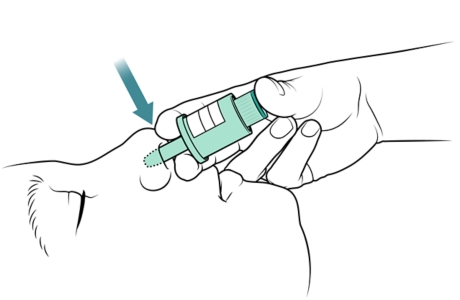
4. Put the tip of the device into one nostril until your fingers touch the person's nose.
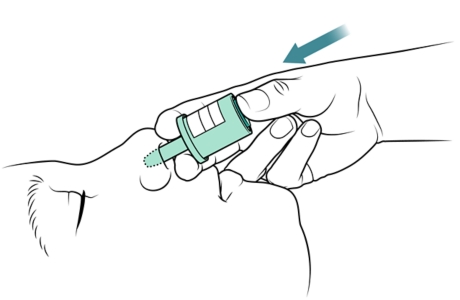
5. Push the plunger firmly until it stops. This completes the dose.
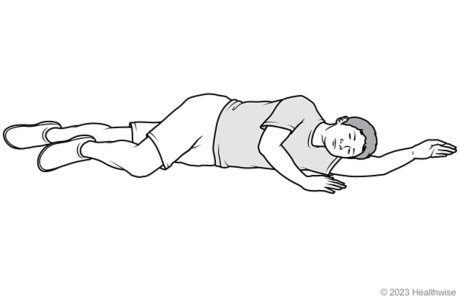
6. Turn the person on their side in case of vomiting.
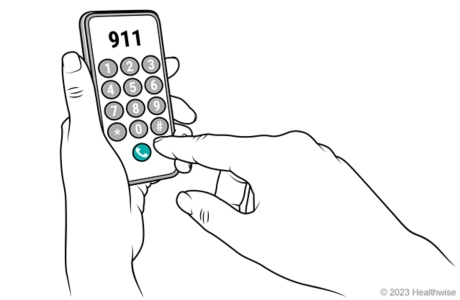
7. Call 911.
When the person is alert and able to swallow, give a quick-sugar food like juice or jam. Glucose tablets will also work.
If the person isn't alert in 15 minutes and you have another spray device, you can give a second dose. (Each device contains one dose.) The person's blood sugar should be checked for several hours after glucagon is given.
Related Information
Credits
Current as of: July 7, 2025
Author: Ignite Healthwise, LLC Staff
Clinical Review Board
All Ignite Healthwise, LLC education is reviewed by a team that includes physicians, nurses, advanced practitioners, registered dieticians, and other healthcare professionals.
Current as of: July 7, 2025
Author: Ignite Healthwise, LLC Staff
Clinical Review Board
All Ignite Healthwise, LLC education is reviewed by a team that includes physicians, nurses, advanced practitioners, registered dieticians, and other healthcare professionals.
This information does not replace the advice of a doctor. Ignite Healthwise, LLC disclaims any warranty or liability for your use of this information. Your use of this information means that you agree to the Terms of Use and Privacy Policy. Learn how we develop our content.
To learn more about Ignite Healthwise, LLC, visit webmdignite.com.
© 2024-2025 Ignite Healthwise, LLC.


